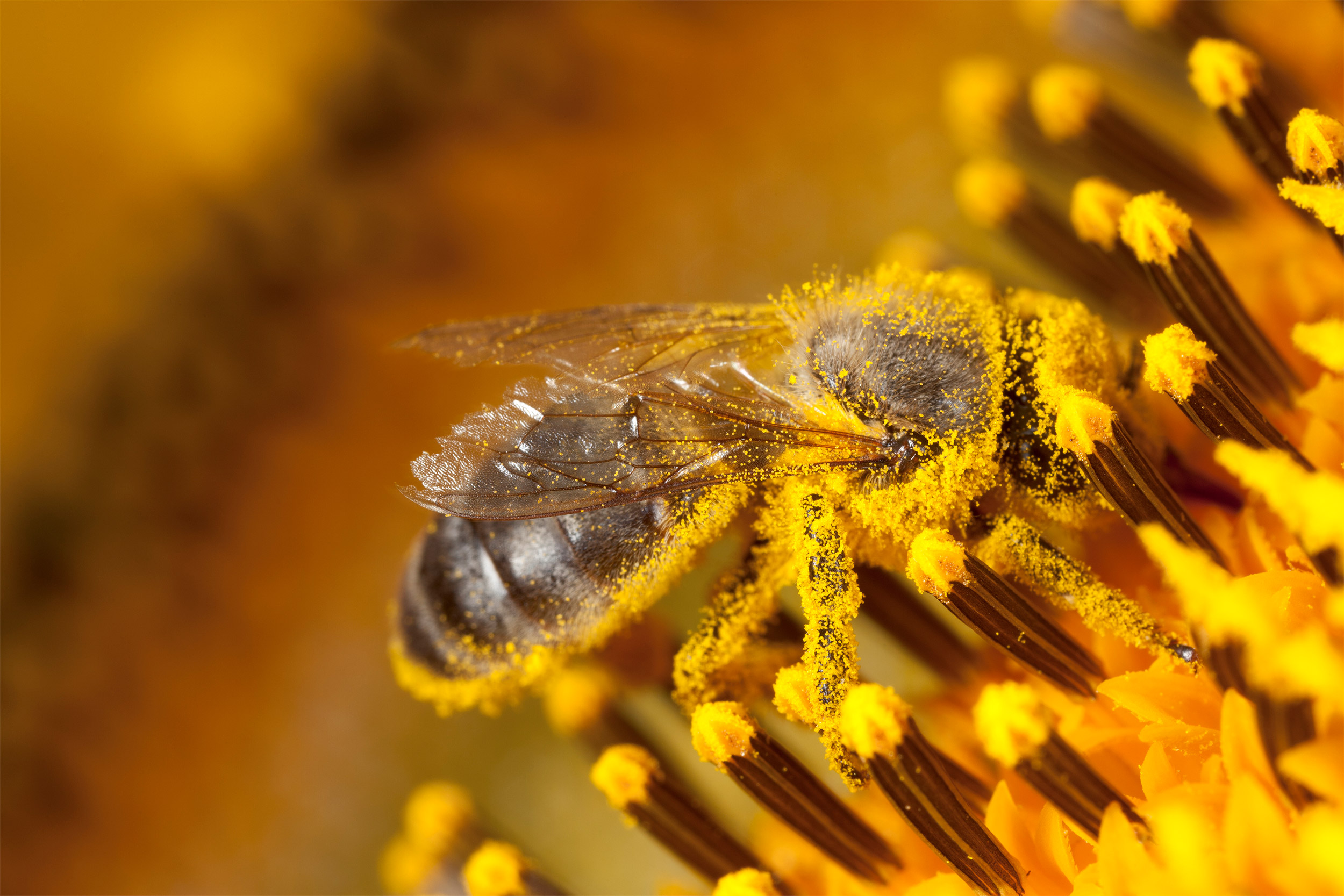
iStock by Getty Images
When pollinator populations are in peril
As pollination slowly falls, risks rise to economic and human health
Based on crop yields in 2020, the world produces 3 percent to 5 percent less fruit, vegetables, and nuts than it could with robust wild pollinator populations.
And while that number may seem small, it translates into an estimated 427,000 lives lost each year from insufficient healthy food consumption and associated diseases, including heart disease, stroke, diabetes, and certain cancers, according to research led by Harvard T.H. Chan School of Public Health.
The study, published Wednesday in Environmental Health Perspectives, is the first to quantify the human health toll of insufficient wild (animal) pollinators on human health.
“A critical missing piece in the biodiversity discussion has been a lack of direct linkages to human health,” said Samuel Myers, principal research scientist, planetary health, Department of Environmental Health and senior author of the study. “This research establishes that loss of pollinators is already impacting health on a scale with other global health risk factors, such as prostate cancer or substance use disorders.”
The human toll on biodiversity is also the topic of the COP15: UN Biodiversity Conference currently taking place in Montreal. This includes 1 percent to 2 percent annual declines of insect populations, leading some to warn of an impending “insect apocalypse” in the coming decades. Changes in land use, harmful pesticides, and advancing climate change threaten wild pollinators, key insect species that increase yields of three-fourths of crop varieties and are critical to growing healthy foods.
The researchers used a model framework that included empirical evidence from a network of hundreds of experimental farms across Asia, Africa, Europe, and Latin America examining “pollinator yield gaps” for the most important pollinator-dependent crops, to show how much had been lost due to insufficient pollination. They then used a global risk-disease model to estimate the health impacts the changes could have on dietary risks and mortality by country, and calculated the loss of economic value from lost pollination in three case study countries.
The results showed that lost food production was concentrated in lower-income countries but that the health burden was greater in middle- and higher-income countries, where rates of non-communicable diseases are higher. The geographic distribution was somewhat unusual in that generally the health effects from global environmental change are centered among the poorest populations, in regions such as South Asia and Sub-Saharan Africa. Here, middle-income countries with large populations — China, India, Indonesia, and Russia — suffered the greatest burden.
The analysis also showed that lower-income countries lost significant agricultural income due to insufficient pollination and lower yields, potentially 10 percent to 30 percent of total agricultural value.
“The results might seem surprising, but they reflect the complex dynamics of factors behind food systems and human populations around the world. Only with this type of interdisciplinary modeling can we get a better fix on the magnitude and impact of the problem,” said co-author Timothy Sulser, senior scientist, International Food Policy Research Institute.
Lead author Matthew Smith, a research scientist in the Department of Environmental Health, said that creating protections for wild pollinators is important not only environmentally, but economically and medically.
“This study shows that doing too little to help pollinators does not just harm nature, but human health as well,” he said.
Support for the study was provided by grants from the Gordon & Betty Moore Foundation, Weston Foods Inc., Fifth Generation Inc., and the CGIAR Research Program on Policies, Institutions, and Markets.




